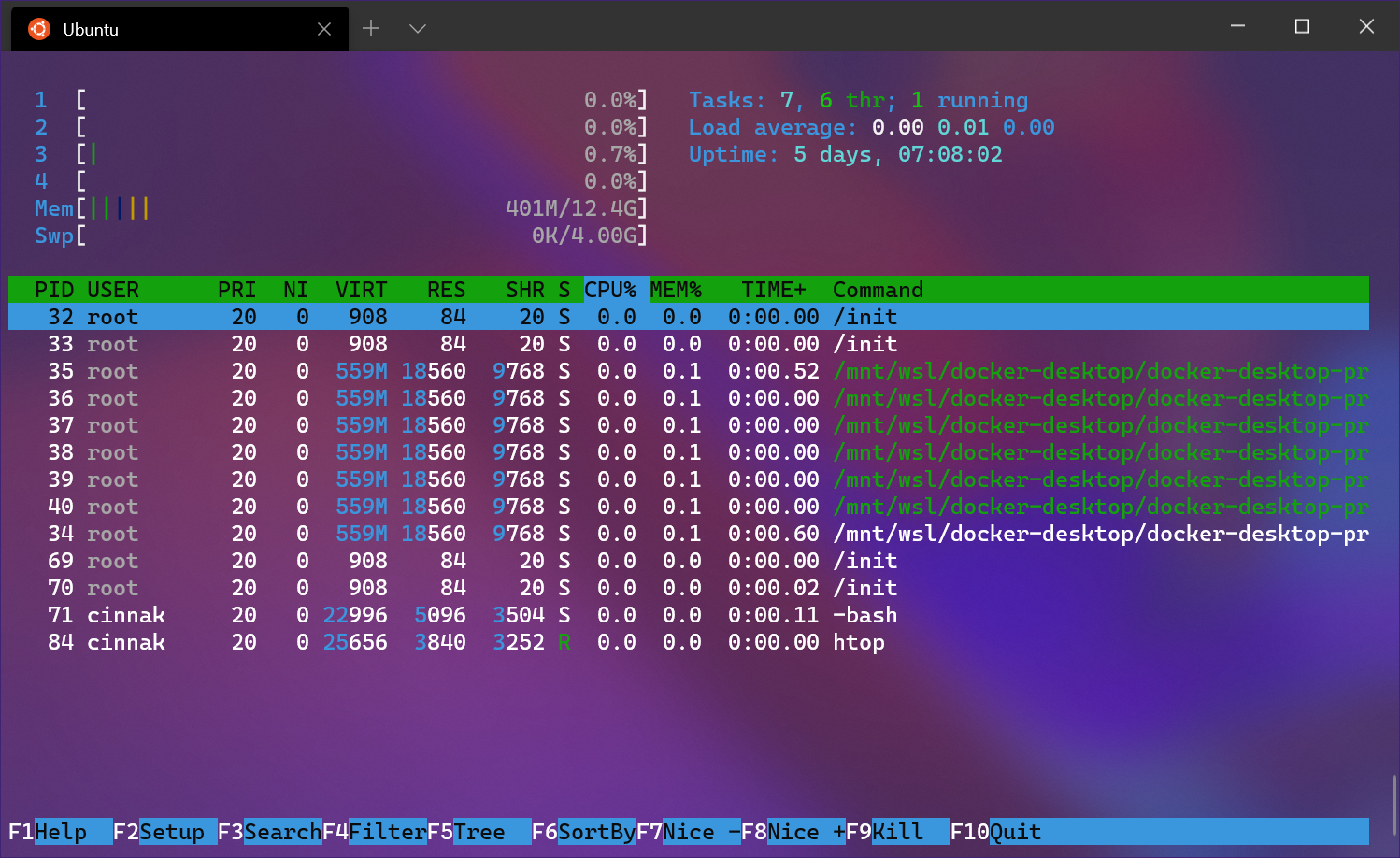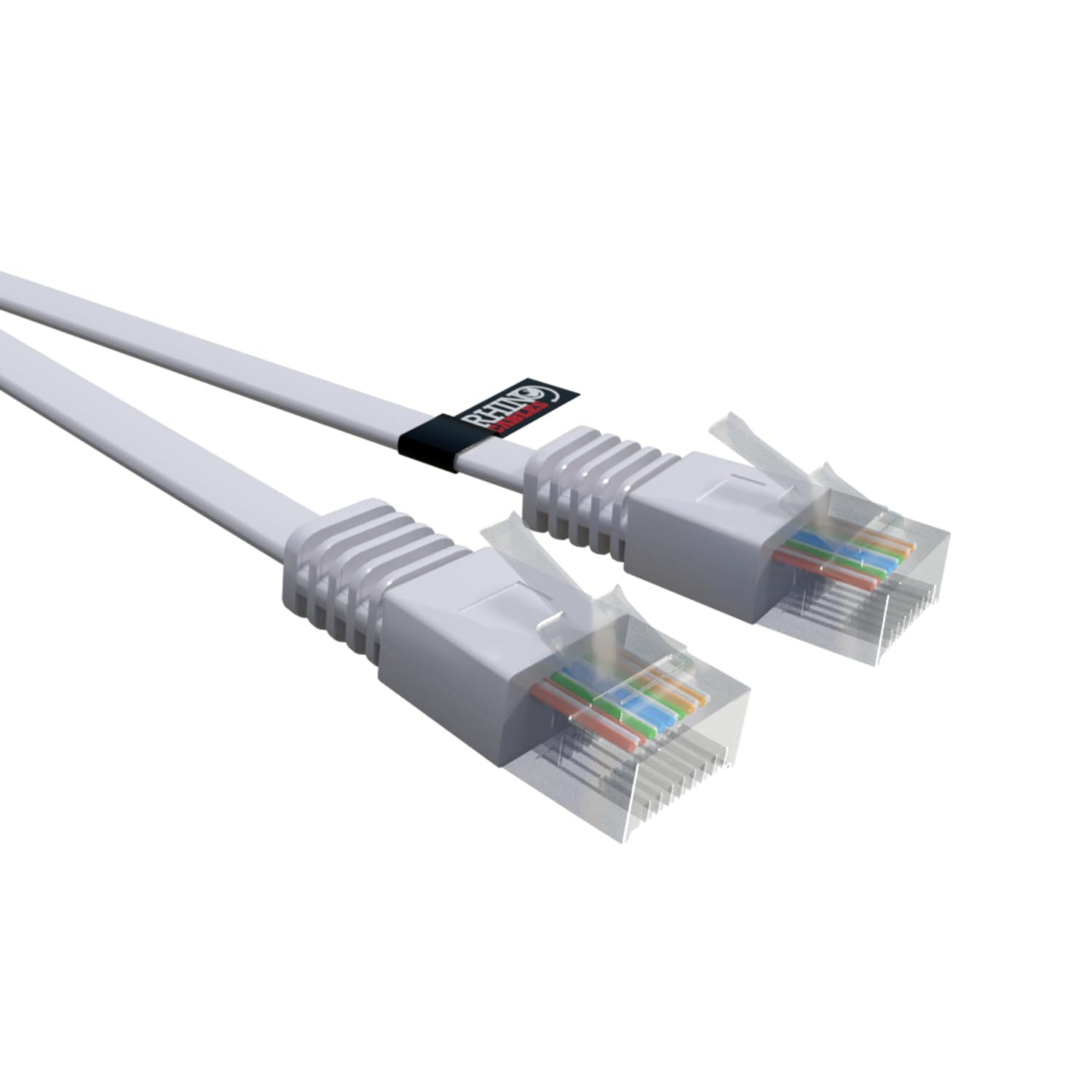Unlock the extraordinary potential of Linux administration with our comprehensive tutorial, empowering you to navigate the vast landscapes of this open-source operating system like a true tech virtuoso.
Essential Linux Configurations

In Linux administration, there are several essential configurations that you need to be familiar with. These configurations will help you effectively manage your Linux system and ensure its smooth operation.
One important configuration is the network configuration. This includes configuring the Domain Name System (DNS), Internet Protocol (IP) addresses, and routing tables. You will also need to understand how to configure network interfaces and set the Maximum Transmission Unit (MTU).
Another crucial configuration is user management. This involves creating and managing user accounts, setting passwords, and assigning user identifiers. You should also familiarize yourself with the concept of superusers and the use of the sudo command for elevated privileges.
Disk partitioning and file system configuration are also important aspects of Linux administration. You need to understand how to partition disks and create file systems for efficient data storage and management. Additionally, knowing how to perform backups and manage directories and files is critical for system maintenance.
Finally, it is essential to have a basic understanding of security configurations. This includes securing the system by configuring firewalls, implementing encryption, and managing user access and permissions. You should also be familiar with password policies and cryptographic hash functions.
By mastering these essential Linux configurations, you will be well-equipped to handle various administrative tasks and ensure the smooth operation of your Linux system.
Networking and User Management in Linux

To set up networking in Linux, you need to understand key concepts such as the Domain Name System (DNS), Internet Protocol (IP), and Transmission Control Protocol (TCP). These protocols govern how data is transmitted over a network. Additionally, knowledge of IP addressing, routing tables, and network interface controllers is essential for configuring and troubleshooting network connections.
User management in Linux involves creating and managing user accounts, setting permissions and access levels, and ensuring system security. The Linux operating system follows a hierarchical file system structure, where each user has a unique user identifier (UID). Understanding user authentication, password management, and file permissions is crucial for effective user management.
To perform networking and user management tasks in Linux, you can use various tools and methods. These include command-line utilities like Telnet, SSH, and text editors, as well as graphical user interface (GUI) tools such as file managers and system administration tools.
By mastering networking and user management in Linux, you gain the knowledge and skills needed to administer and secure a Linux system effectively. This understanding is valuable for system administrators and anyone seeking a career in Linux administration.
Whether you use CentOS or any other Linux distribution, learning about networking and user management will greatly enhance your ability to manage and troubleshoot Linux systems. So, dive into Linux training and gain the expertise to become a proficient Linux administrator.
System Diagnostics and Log Analysis
| Topic | Description |
|---|---|
| 1. System Diagnostics | System diagnostics involves monitoring and troubleshooting various aspects of a Linux system to identify issues and improve performance. This includes checking system resources, tracking system behavior, and analyzing system logs. |
| 2. Log Analysis | Log analysis is the process of examining log files generated by the system to gain insights into system activities, events, and errors. It helps identify potential security breaches, performance bottlenecks, or system misconfigurations. |


